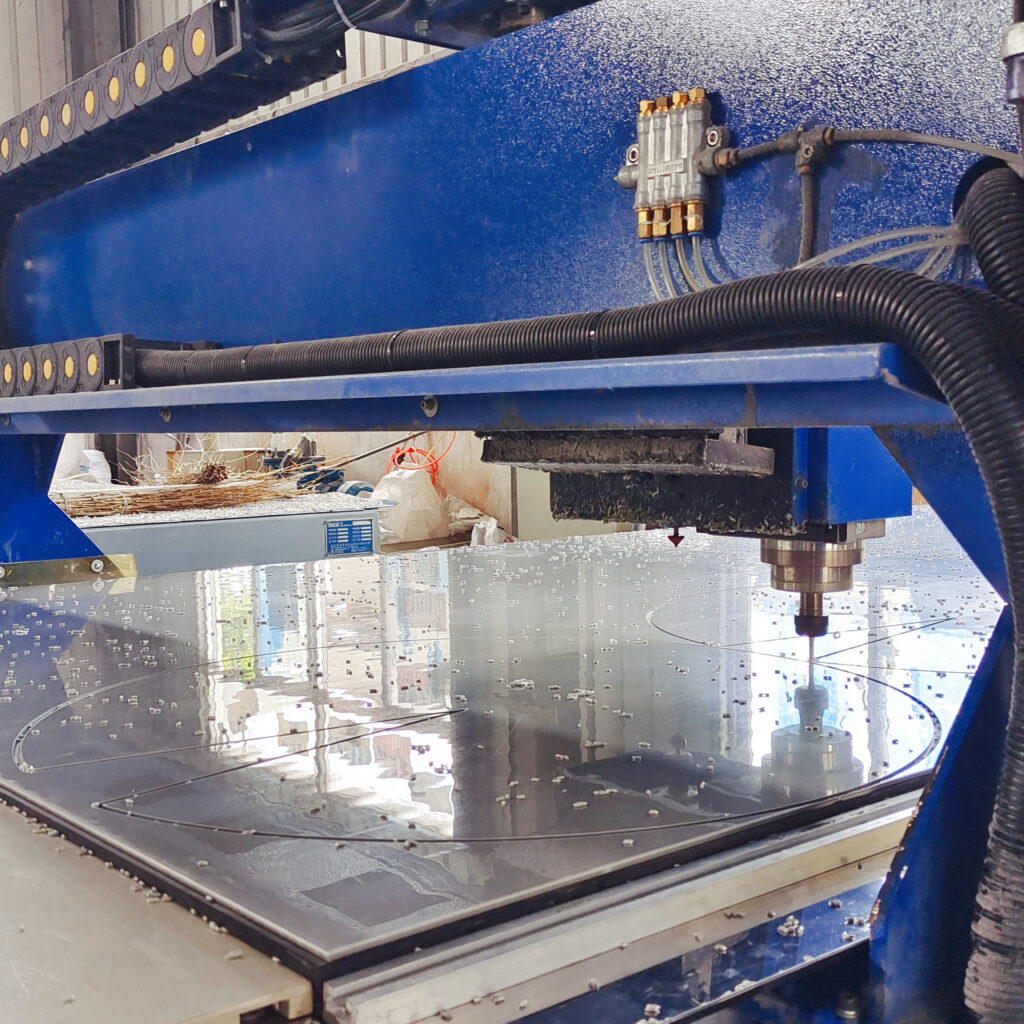- All
- Product Name
- Product Keyword
- Product Model
- Product Summary
- Product Description
- Multi Field Search
Views: 13 Author: Xicheng EP LTD Publish Time: 2022-09-20 Origin: Xicheng EP LTD
PP sheet and PE sheet are both chemical polymers, PP sheet, also known as polypropylene (PP) sheet (PP pure sheet, modified PP sheet, reinforced PP sheet), is a semi-crystalline material. It is harder and has a higher melting point than PE. Since homopolymer PP is very brittle at temperatures above 0 °C, many commercial PP materials are random copolymers with 1 to 4% ethylene added or pinched copolymers with higher ethylene content.
PE sheet is a high crystallinity, non-polar thermoplastic resin. The appearance of the original HDPE is milky white, and the thin section is translucent to a certain extent. The PE is polyvinyl chloride. PE sheet has excellent resistance to most household and industrial chemicals. Certain types of chemicals are chemically aggressive, such as corrosive oxidants (concentrated nitric acid), aromatic hydrocarbons (xylene), and halogenated hydrocarbons (carbon tetrachloride). The polymer is non-hygroscopic and has good water vapour resistance for packaging applications. HDPE has good electrical properties, especially high insulation dielectric strength, making it very suitable for wires and cables.

Color difference:
The common colors of PP material are primary color (the natural color of PP material), beige gray, porcelain white, etc.
PE color is richer, generally dark gray, light gray, beige, ivory, transparent, etc.
Weight difference: PP sheet is less dense than PE sheet, and PE has a higher density, so PE is heavier.
A. Domestic: PP sheet density is generally: 0.92 Transparent PE sheet density: 1.4
B. The density of imported PP sheet beige gray: 0.915, the density of primary color: 0.905, and the density of PE transparent sheet: 1.4.
Acid and alkali resistance:
The acid and alkali resistance of PE is better than that of PP sheet, but the texture is brittle and hard, resistant to ultraviolet radiation, can withstand climate change for a long time, is not flammable, and has light toxicity. However, PP sheet is not UV-resistant, and it will change color when exposed to sunlight for a long time.
Temperature difference:
A. The temperature range of domestic PP is about 0 to 80 degrees Celsius, the range of PE is 0 to 60 degrees Celsius, and the temperature range of PE is -40 to 95 degrees Celsius.

B. The temperature range of PP is about 0 to 100 degrees Celsius, and the temperature range of PE is 0 to 60 degrees Celsius.
Scope of application:
A. PP sheets are mainly used in acid and alkali resistant equipment, environmental protection equipment, waste water, waste gas discharge equipment, scrubbers, clean rooms, semiconductor factories and equipment in related industries. Among them, PP thick sheets are widely used in stamping sheets and mattresses sheet etc.
B. PE sheet is a sheet made of PE as raw material. PE sheet is mainly used in building materials, packaging, medicine and many other industries. Such as construction, electroplating equipment, acid and alkali resistance equipment, industrial sewage equipment, chemical industry and so on. PE can be divided into soft PE and hard PE according to the degree of softness and hardness. According to the production process, it can be divided into PE crust foam sheet and PE free foam sheet.
Price difference:
Compared with the price of PP and PE, PP is relatively cheap. The density of the PE sheet is higher, so the PE sheet is heavier and the transportation cost is higher.
Welding strength
PE one has good toughness and low welding strength, and PP one has good rigidity and high welding strength.
| | N0.34 Zhenxing Road (Shengtaian Heavy Industrial Park B), Loucun, Guangming New Dist, Shenzhen, Guangdong, China |
| | +86 18028775826 |
| | Leyte@china-xicheng.com |